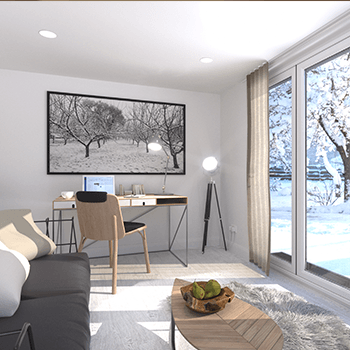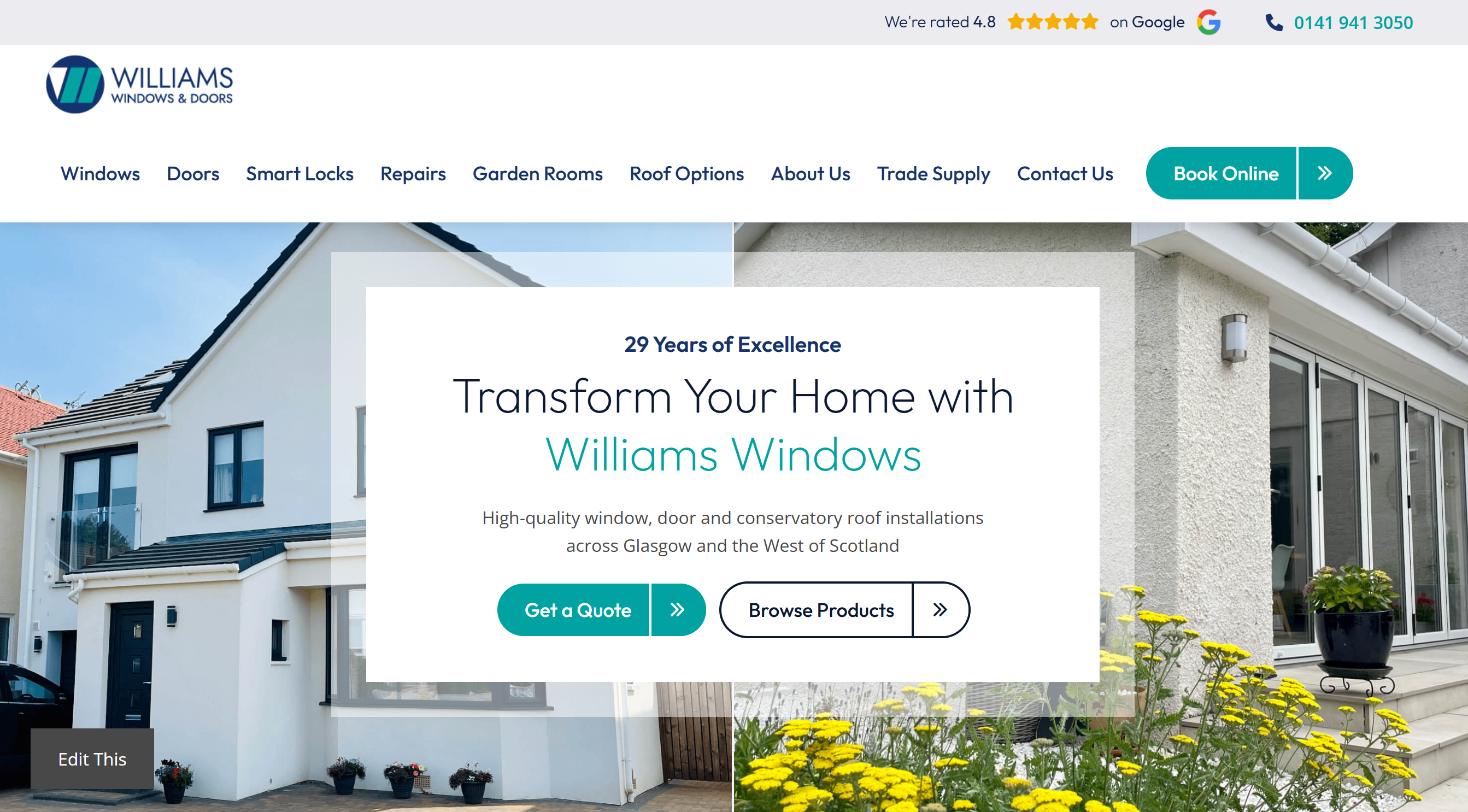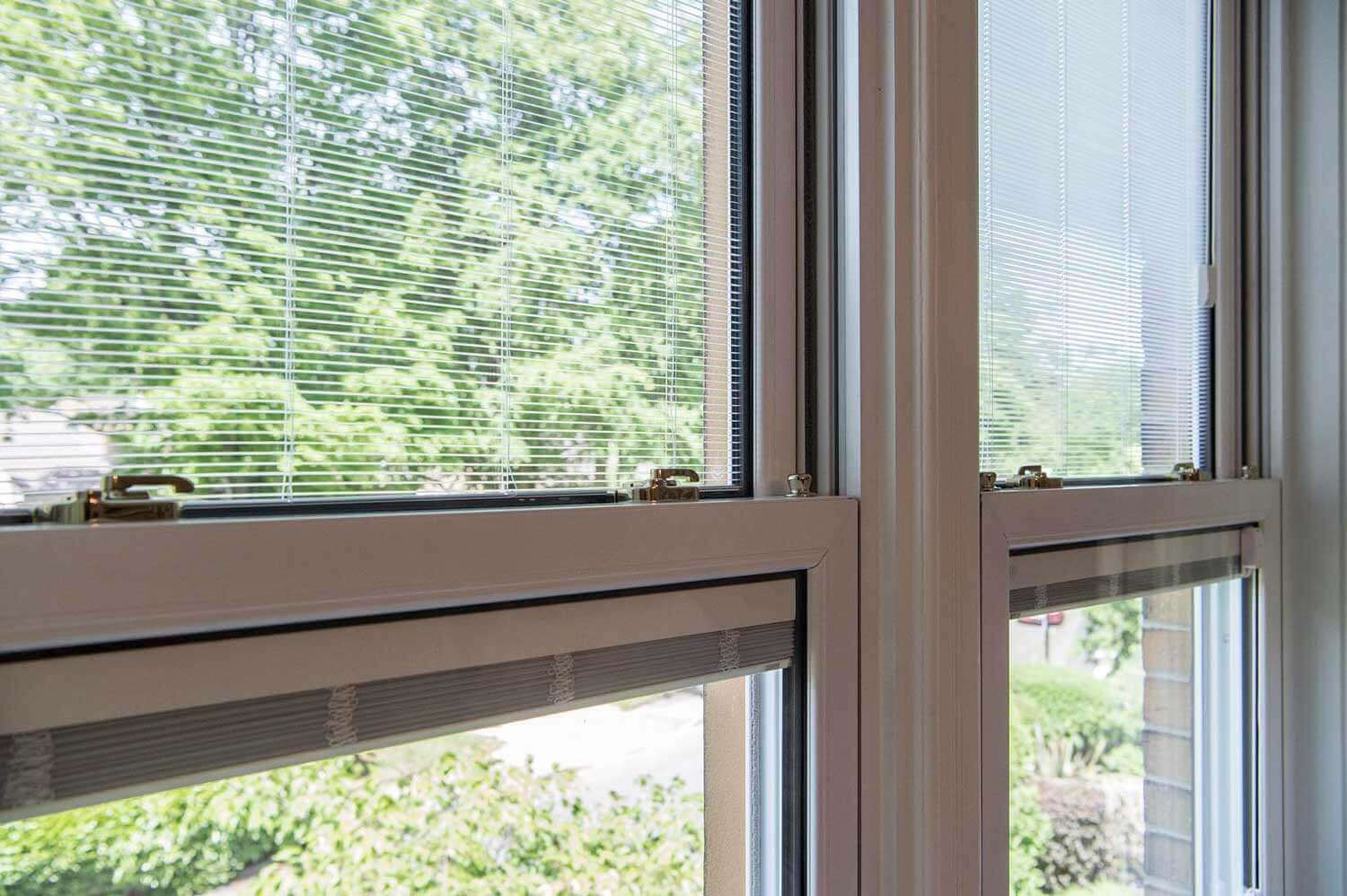Introduction
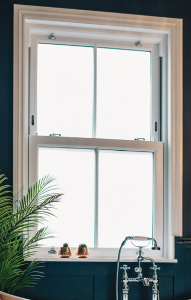
Sliding sash windows, with their timeless elegance and functionality, have become a popular choice for homeowners seeking to enhance their properties. When considering these windows, two primary materials often emerge: PVC and timber. Both offer distinct advantages, but PVC has gained significant traction in recent years due to its exceptional performance and durability. Let’s delve into the key differences between PVC and timber sliding sash windows to help you make an informed decision.
Cutting Energy Bills and Carbon Footprints
One of the most crucial factors when choosing windows is energy efficiency. Our PVC sliding sash windows excel in this regard. They excel both as like-for-like replacements and as alternatives to other styles. The multi-chambered construction and thermal glazing provide superior insulation, reducing heat loss during colder months and minimizing energy consumption. In contrast, while timber windows can be energy-efficient, their performance can vary depending on factors such as the type of wood, glazing, and sealing. Our PVC Sliding Sash are A+ rated as standard, delivering U Values of just 1.3 W/(m²K).
Low Maintenance
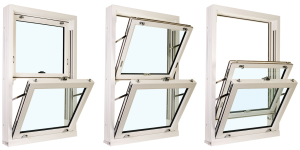
PVC sliding sash windows are renowned for their low maintenance requirements. Unlike timber windows, which require regular painting, staining, and sealing to prevent rot and decay, PVC is inherently resistant to these issues. Its durable surface requires minimal upkeep, making it an ideal choice for busy homeowners or those seeking a hassle-free window solution. Tilt & Easy Clean – our sliding sash windows feature an inward opening tilt facility to allow easy and safe cleaning of the outside frame and glass from inside your home. This is particularly useful for second storey windows, or windows positioned in a hard to reach place, like above a conservatory
Durability and Longevity
PVC is a highly durable material that can withstand harsh weather conditions, including rain, wind, and UV rays. This resilience ensures that PVC sliding sash windows will maintain their structural integrity and appearance for many years to come. While timber windows can also be durable, they may be more susceptible to warping, cracking, and swelling if not properly cared for or exposed to extreme weather.
Trickle Vents
To comply with the requirements of Part F of Building Regulations, which governs ventilation, our PVC sliding sash come with the maximum number of trickle vents as standard. If implemented poorly, trickle vents can ruin the appearance of a window. However, thanks to an ingenious design, our trickle vents are concealed, allowing the product to achieve Part F standard without spoiling their heritage aesthetics.
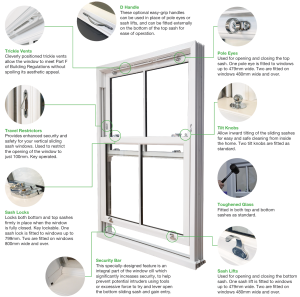
Sliding Sash Components
Aesthetics
Both PVC and timber sliding sash windows can offer a classic and elegant aesthetic. PVC windows are available in a wide range of colours and finishes, allowing you to match your home’s exterior style. While timber windows may have a more traditional appearance, they can also be customized with various stains and finishes. Ultimately, the choice between PVC and timber comes down to personal preference and the overall design of your home.
Conclusion
In conclusion, PVC sliding sash windows offer a compelling combination of energy efficiency, low maintenance, durability, and aesthetic appeal. While timber windows can also be a suitable option, PVC’s superior performance and long-lasting qualities make it a popular choice for modern homeowners. By considering these factors, you can select the best window material to enhance your home’s comfort, efficiency, and value.
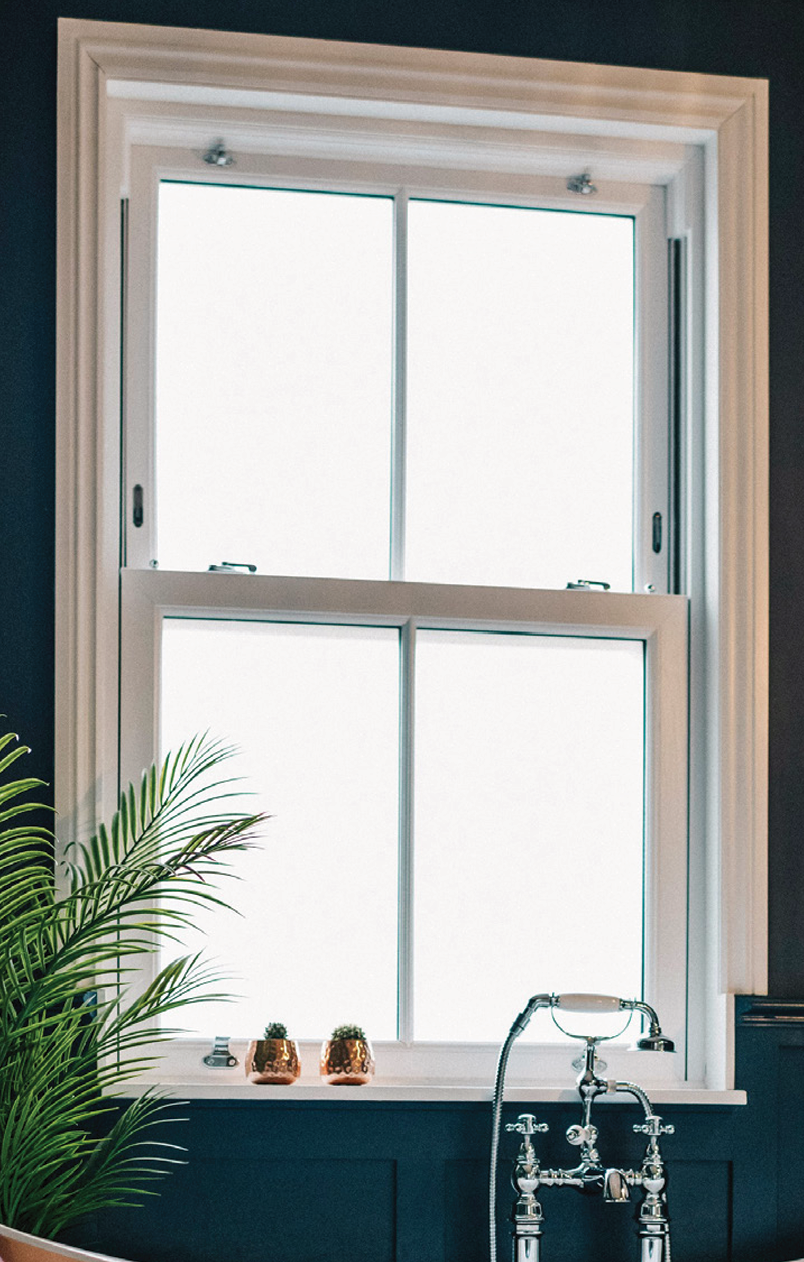
 Sliding sash windows, with their timeless elegance and functionality, have become a popular choice for homeowners seeking to enhance their properties. When considering these windows, two primary materials often emerge: PVC and timber. Both offer distinct advantages, but PVC has gained significant traction in recent years due to its exceptional performance and durability. Let’s delve into the key differences between PVC and timber sliding sash windows to help you make an informed decision.
Sliding sash windows, with their timeless elegance and functionality, have become a popular choice for homeowners seeking to enhance their properties. When considering these windows, two primary materials often emerge: PVC and timber. Both offer distinct advantages, but PVC has gained significant traction in recent years due to its exceptional performance and durability. Let’s delve into the key differences between PVC and timber sliding sash windows to help you make an informed decision.





